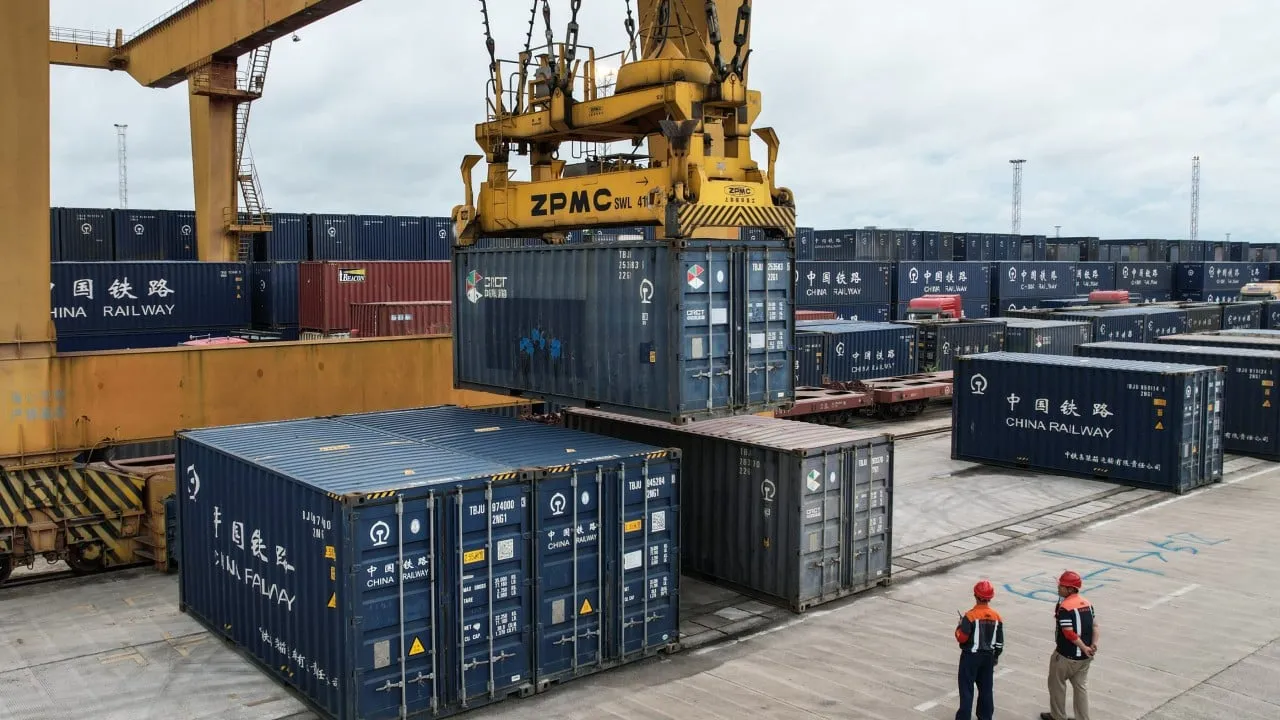Key Insights from China Trade and Inflation Data in September

1. Export Growth Softens
The value of China’s exports grew by 2.4 percent, year on year, to US$303.71 billion in September. This figure was lower than the expected 6.18 percent increase and fell short of the 8.7 percent rise recorded in August. Zichun Huang from Capital Economics stated, "Export growth slowed last month but remained resilient..." Short-term factors such as typhoons and global shipping congestion impacted this reading.
2. Sluggish Domestic Demand Drags Imports
China’s imports rose by only 0.3 percent in September, reflecting sluggish domestic demand. Lynn Song, chief economist for Greater China at ING, noted that many categories such as agriculture and steel experienced contractions...
3. US Surpasses EU as Top Export Destination
In September, China’s exports to the US increased by 2.16 percent, surpassing those to the EU and ASEAN. This marks a significant shift in trade dynamics...
4. Trade Surplus Falls
China’s trade surplus fell to US$81.71 billion in September from US$91.02 billion in August, suggesting lower contributions to GDP growth.
5. CPI Surprises on the Downside
China’s Consumer Price Index (CPI) grew by only 0.4 percent, indicating softer consumption trends. Analysts at HSBC highlighted that food price increases were insufficient to counter declines in non-food prices.
6. PPI Falls for 24th Straight Month
China’s Producer Price Index (PPI) decreased by 2.8 percent in September, indicating persistent overcapacity issues. HSBC analysts noted a significant drop in prices for consumer durables...
7. Core Inflation Hits Lowest Point Since 2021
China’s core inflation saw a year-on-year fall of 0.1 percent in September, the lowest since early 2021, indicating ongoing deflationary pressures.
This article was prepared using information from open sources in accordance with the principles of Ethical Policy. The editorial team is not responsible for absolute accuracy, as it relies on data from the sources referenced.